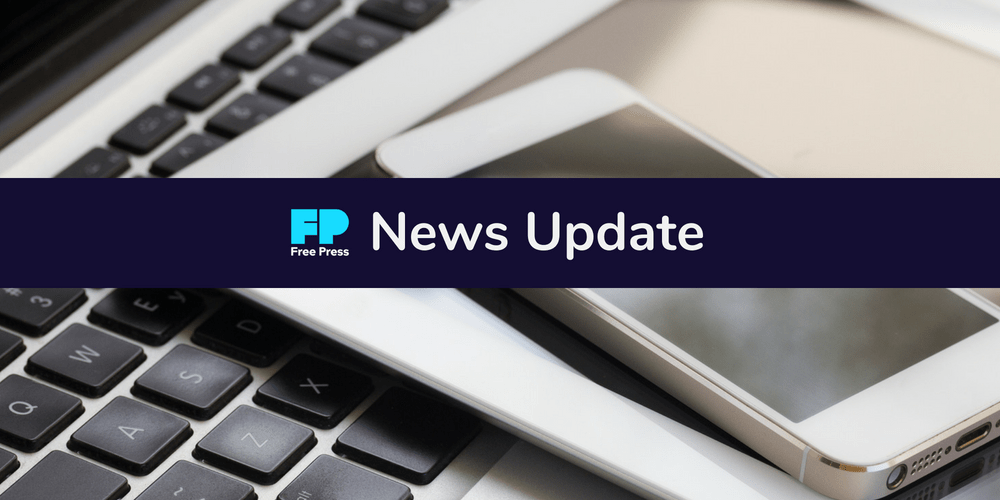President Biden's Jobs Plan Rightly Treats Broadband as Essential Infrastructure That Must Be Affordable to All

WASHINGTON — On Wednesday, President Joe Biden unveiled the administration’s American Jobs Plan, a multitrillion-dollar infrastructure proposal that calls for investing $100 billion to help close the country’s digital divide.
Biden’s broadband plan framing seemingly aligns with many of the measures included in the recently introduced Accessible, Affordable Internet for All Act (AAIA), which supports improved access and affordability measures for disconnected communities, particularly low-income families and communities of color. It also promises support for internet networks run by local governments, nonprofits and cooperatives and lifts many state-level restrictions to municipal- and community-broadband networks.
“President Biden believes that building out broadband infrastructure isn’t enough,” reads a White House fact sheet. “We also must ensure that every American who wants to can afford high-quality and reliable broadband internet. [T]he President is committed to working with Congress to find a solution to reduce internet prices for all Americans, increase adoption in both rural and urban areas, hold providers accountable, and save taxpayer money.”
In February, Free Press Action Vice President of Policy and General Counsel Matt Wood testified before Congress about the need to treat broadband as an essential utility and make it accessible and affordable to communities of color, low-income families and other groups long left unserved and disproportionately disconnected.
Wood made the following statement today regarding the White House plan:
“President Biden’s pivotal plan and the AAIA legislation that it follows show that Washington is getting serious about affordable and universal access. The American Jobs Plan’s broadband proposal builds on the passage of the Emergency Broadband Benefit in the December 2020 stimulus bill and the emergency-connectivity fund in the March 2021 American Rescue Plan to call for serious investments in broadband adoption and infrastructure.
“Bridging the digital divide is not simply a question of building out the infrastructure for access. We need to pay particular attention to people who have access to broadband in their neighborhoods but can’t afford to get connected. As Free Press Action research shows, the affordability divide is built on income inequality and systemic racial discrimination. The divide particularly impacts Black, Latinx and Indigenous communities. And people in lower income brackets are much less likely to be connected at all — or if they do have a home-internet connection, they’re likely to have an inadequate plan or mobile service alone.
“In the midst of this pandemic, everyone is finally recognizing that broadband is an essential utility — but it’s necessary at all times, not just during national emergencies. It’s a service that federal and local governments have an obligation to help provide to people who can’t afford to get connected.
“President Biden’s plan addresses the fact that infrastructure does little good when people don’t have choices about what to buy, information about what it truly costs them and the ability to pay that price. His plan rightly notes that robust subsidies for broadband adoption are an essential part of the solution to that problem. Yet the proposal also acknowledges that lowering the price of broadband and expanding the choices people have with sound policies and investments is a much better use of taxpayer money than forever paying inflated charges to giant ISPs.
“The kinds of smart public investments in broadband affordability and choice outlined in the White House plan will ensure the down payments on closing the digital divide made in recent emergency COVID-relief bills are supported by the funding and forward thinking necessary to finish the job for good.”